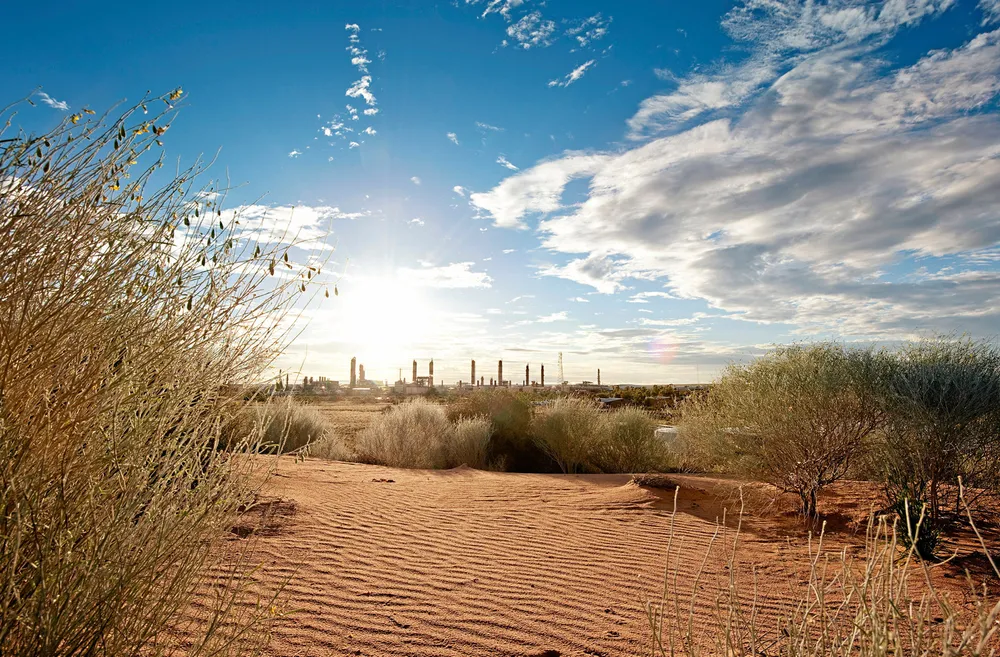Santos partners with CSIRO to strip carbon from the air at Moomba
Partnership hopes to develop the lowest cost direct air capture technology in the world, with cost seen as a major obstacle for the technology

Partnership hopes to develop the lowest cost direct air capture technology in the world, with cost seen as a major obstacle for the technology
